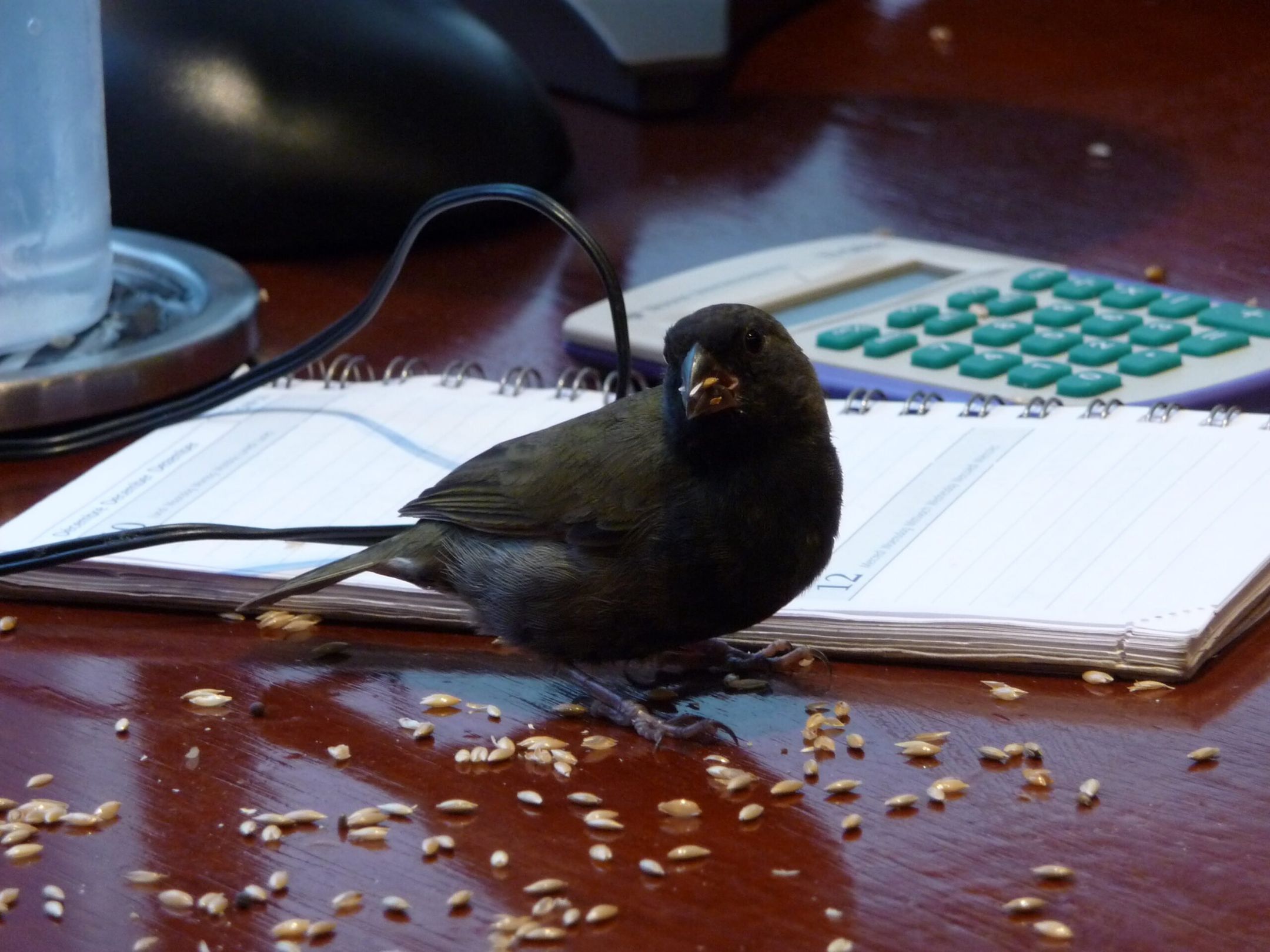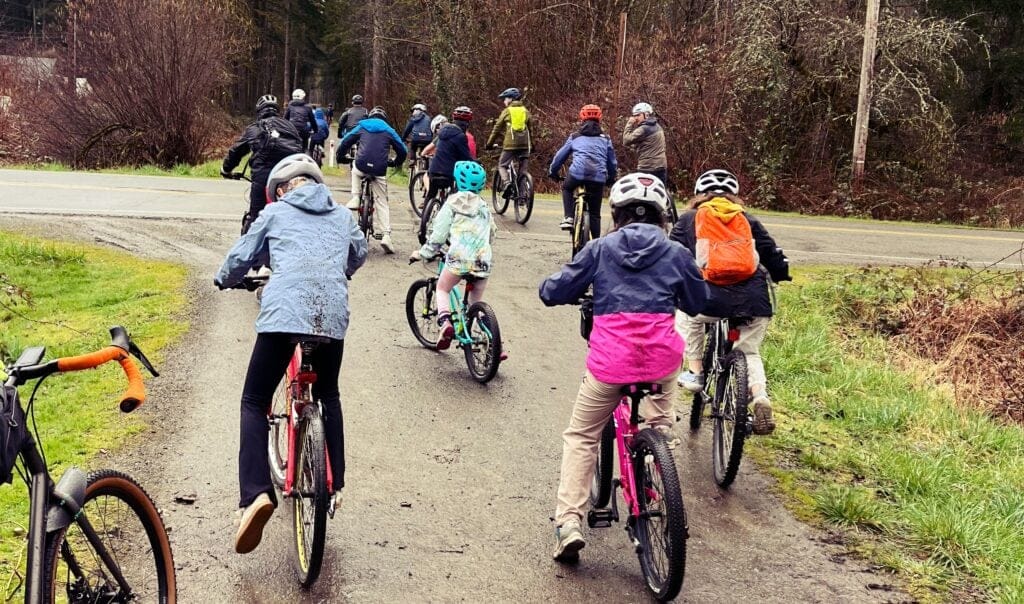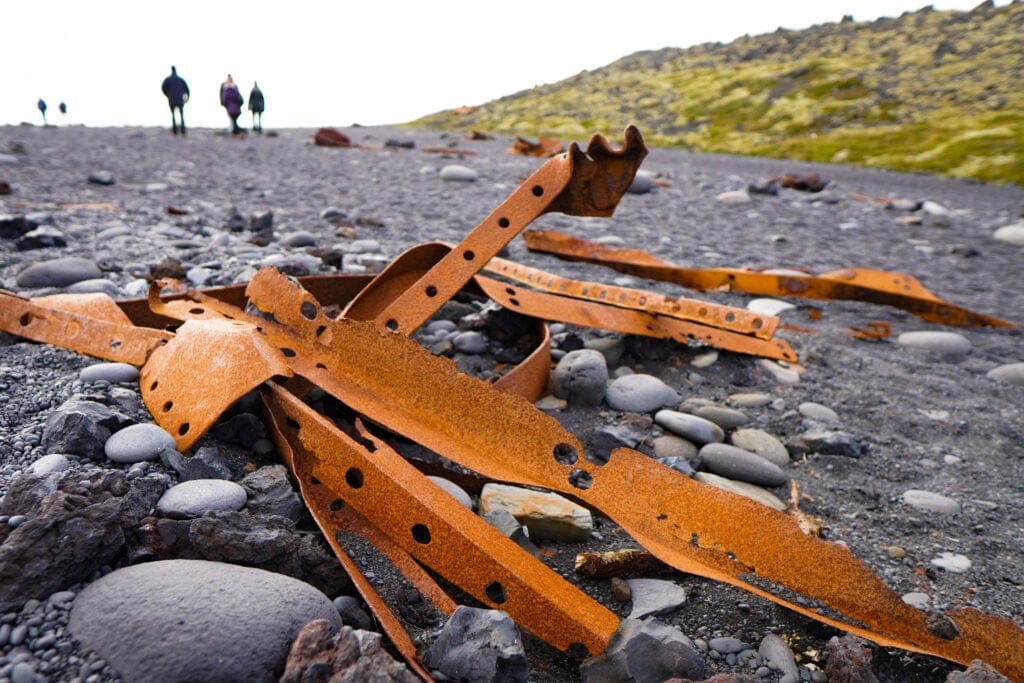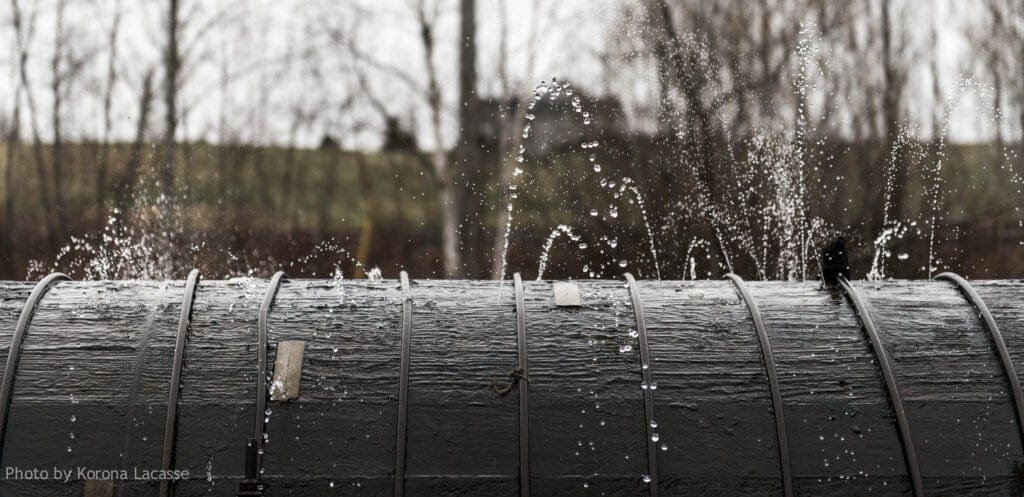
Neural networks, which underlie many of Uber’s machine learning systems, have proven highly successful in solving complex problems, including image recognition, language understanding, and game-playing. However, these networks are usually trained to a stopping point through gradient descent, which incrementally adjusts the connections of the network based on its performance over many trials. Once the training is complete, the network is fixed and the connections can no longer change; as a result, barring any later re-training (again requiring many examples), the network in effect stops learning at the moment training ends.
By contrast, biological brains exhibit plasticity—that is, the ability for connections between neurons to change continually and automatically throughout life, allowing animals to learn quickly and efficiently from ongoing experience. The levels of plasticity of different areas and connections in the brain are the result of millions of years of fine-tuning by evolution to allow efficient learning during the animal’s lifetime. The resultant ability to learn continually over life lets animals adapt to changing or unpredictable environments with very little additional data. We can quickly memorize patterns that we have never seen before or learn new behaviors from just a few trials in entirely novel situations.
To give our artificial agents similar abilities, Uber AI Labs has developed a new method called differentiable plasticity that lets us train the behavior of plastic connections through gradient descent so that they can help previously-trained networks adapt to future conditions. While evolving such plastic neural networks is a longstanding area of research in evolutionary computation, to our knowledge the work introduced here is the first to show it is possible to optimize plasticity itself through gradient descent. Because gradient-based methods underlie many of the recent spectacular breakthroughs in artificial intelligence (including image recognition, machine translation, Atari video games, and Go playing), making plastic networks amenable to gradient descent training may dramatically expand the power of both approaches.
How differentiable plasticity works
In our method, each connection receives an initial weight, as well as a coefficient that determines how plastic the connection is. More precisely, the activation yi of neuron i is calculated as follows:
The first equation is a typical activation function for neural network units, except that the input weights have a fixed component (green) and a plastic component (red). The Hi,j term in the plastic component is automatically updated as a function of ongoing inputs and outputs (as specified in the second equation—note that other formulations are possible, as discussed in the paper).
During an initial training period, gradient descent tunes the structural parameters wi,j and αi,j, which determine how large the fixed and plastic components are. As a result, after this initial training, the agent can learn automatically from ongoing experience because the plastic component of each connection is adequately shaped by neural activity to store information, reminiscent of some forms of learning in animals (including humans).
Demonstrating differentiable plasticity
To demonstrate the potential of differentiable plasticity, we applied it to several challenging tasks that require fast learning from unpredictable stimuli.
In an image reconstruction task (Figure 1), a network memorizes a set of natural images that it has never seen before; then one of these images is shown, but with one half of it erased, and the network must reconstruct the missing half from memory. We show that differentiable plasticity can effectively train large networks, with millions of parameters, to solve this task. Importantly, traditional networks with non-plastic connections (including state-of-the-art recurrent architectures such as LSTMs) cannot solve this task and take considerably more time to learn a massively simplified version of it.
| Figure 1: An image completion task (each row indicates a separate episode). After being shown three images, the network is given a partial image and must reconstruct the missing part from memory. Non-plastic networks (including LSTMs) cannot solve this task. Source images from the CIFAR10 dataset. |
We also trained plastic networks to solve the Omniglot task (a standard ”learning to learn” task), which requires learning to recognize a set of novel handwritten symbols from a single demonstration of each one. Furthermore, the method can also be applied to reinforcement learning problems: plastic networks outperform non-plastic ones in a maze exploration task in which the agent must discover, memorize, and repeatedly reach the location of a reward within a maze (Figure 2). In this way, the simple idea of adding plasticity coefficients to neural networks offers a genuinely novel approach—sometimes the best available—to solving a wide breadth of problems requiring continuous learning from ongoing experience.
 |  |
| Figure 2: A maze exploration task. The agent (yellow square) is rewarded for hitting the reward location (green square) as many times as possible (the agent is teleported to a random location each time it finds the reward). In Episode 1 (left), the agent’s behavior is essentially random. After 300,000 episodes (right), the agent has learnt to memorize the reward location and navigate towards it. |
Looking forward
In effect, differentiable plasticity offers a new, biologically-inspired approach to the classical problem of “Learning to Learn,” or “meta-learning.” The approach is also highly flexible, providing gradient descent with an elementary building block (the plastic connection) that it can harness in a variety of powerful ways, as demonstrated in the diverse tasks described above.
Furthermore, it opens the door to multiple new avenues of research. For example, can we improve existing complex network architectures, such as LSTMs, by making their connections plastic? What if the plasticity of the connections was under the control of the network itself, as it seems to be in biological brains through the influence of neuromodulators? Can plasticity offer a more efficient form of memory than recurrence alone (note that recurrence stores incoming information in neural activity, while plasticity stores it in connections, which are much more numerous)?
We intend to investigate these and other exciting questions in our future work in differentiable plasticity and hope others will join us in this exploration. To encourage research on this novel approach, we have released the code for the experiments described above on GitHub, along with a paper describing our methods and results.
To be notified of future Uber AI Labs blog posts, please sign up for our mailing list, or you can subscribe to the Uber AI Labs YouTube channel. If you are interested in joining Uber AI Labs, please apply at Uber.ai.
Subscribe to our newsletter to keep up with the latest innovations from Uber Engineering.
Thomas Miconi
Thomas Miconi is a research scientist at Uber AI Labs.
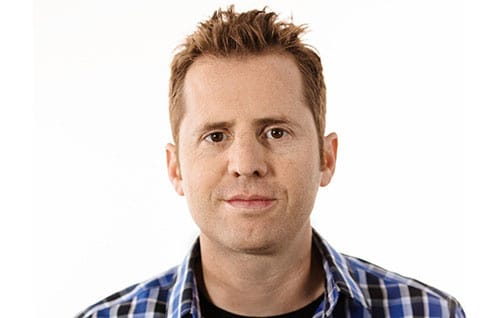
Jeff Clune
Jeff Clune is the former Loy and Edith Harris Associate Professor in Computer Science at the University of Wyoming, a Senior Research Manager and founding member of Uber AI Labs, and currently a Research Team Leader at OpenAI. Jeff focuses on robotics and training neural networks via deep learning and deep reinforcement learning. He has also researched open questions in evolutionary biology using computational models of evolution, including studying the evolutionary origins of modularity, hierarchy, and evolvability. Prior to becoming a professor, he was a Research Scientist at Cornell University, received a PhD in computer science and an MA in philosophy from Michigan State University, and received a BA in philosophy from the University of Michigan. More about Jeff’s research can be found at JeffClune.com
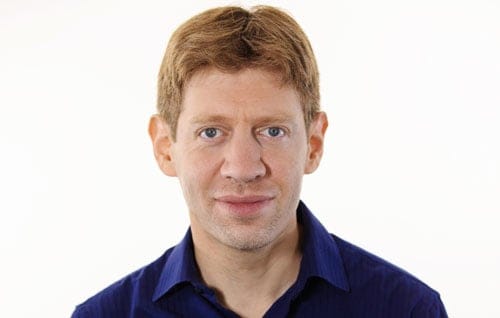
Kenneth O. Stanley
Before joining Uber AI Labs full time, Ken was an associate professor of computer science at the University of Central Florida (he is currently on leave). He is a leader in neuroevolution (combining neural networks with evolutionary techniques), where he helped invent prominent algorithms such as NEAT, CPPNs, HyperNEAT, and novelty search. His ideas have also reached a broader audience through the recent popular science book, Why Greatness Cannot Be Planned: The Myth of the Objective.
Posted by Thomas Miconi, Jeff Clune, Kenneth O. Stanley
Related articles
Most popular
Introducing Route Share: Uber’s More Affordable, More Predictable Commute
Riders in Atlanta can now access Waymo autonomous rides
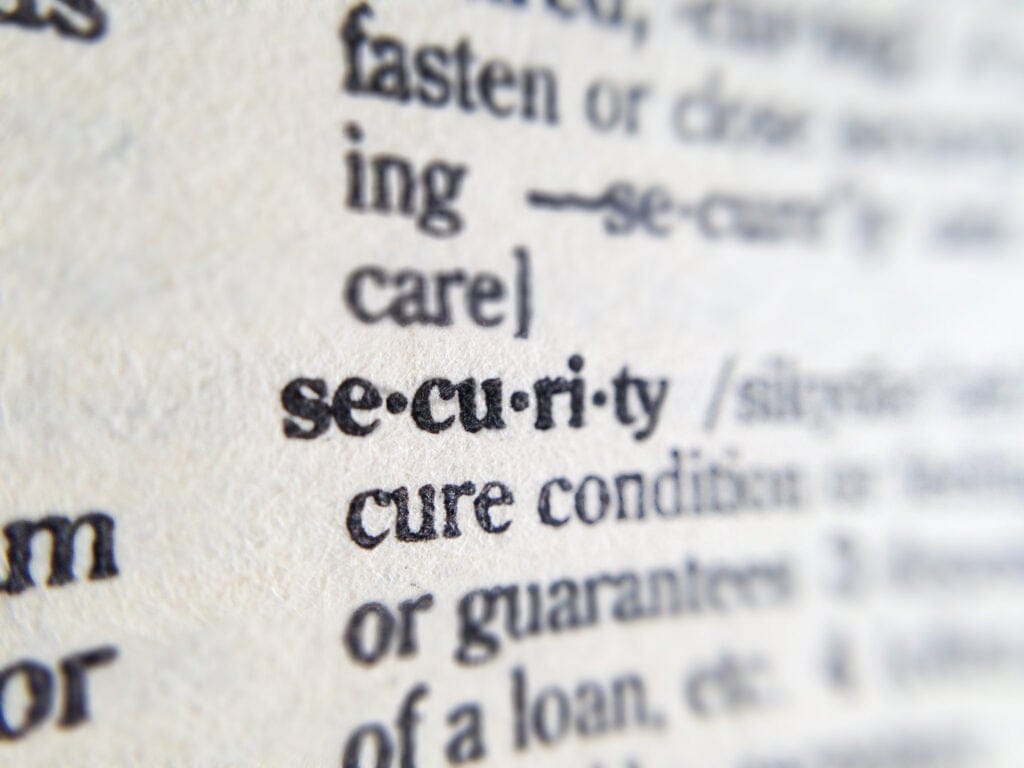
Building Uber’s Multi-Cloud Secrets Management Platform to Enhance Security




